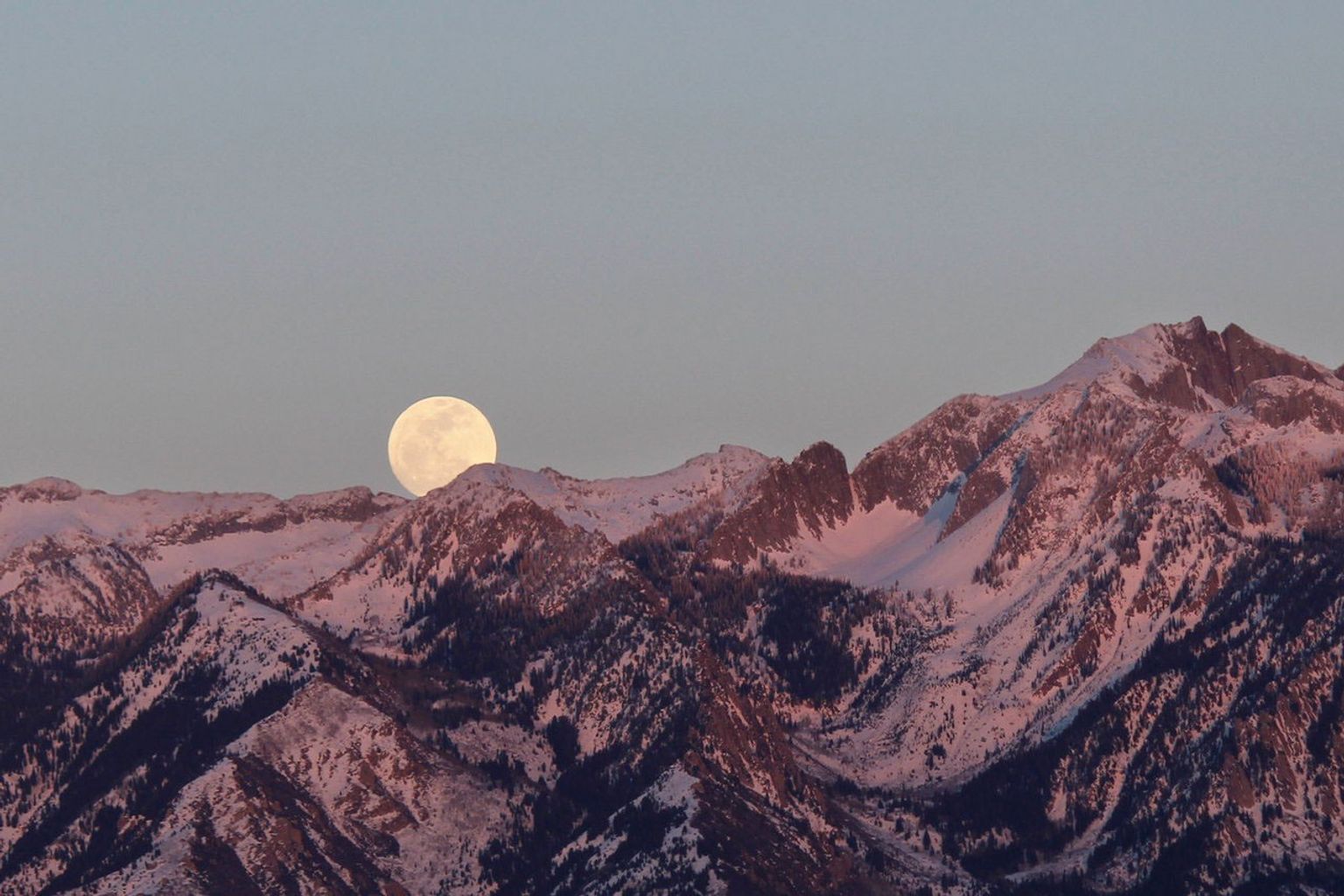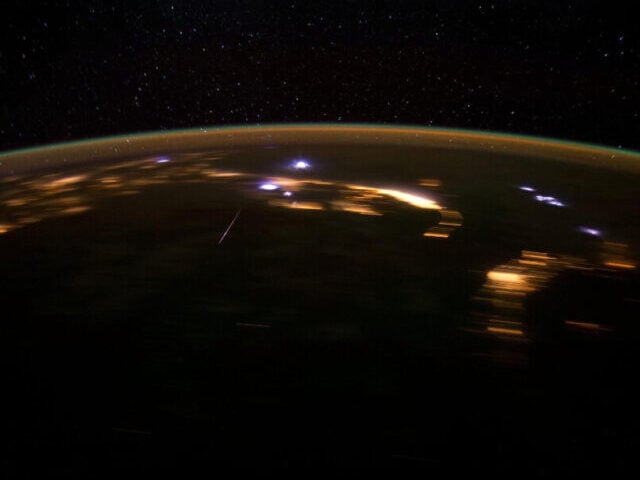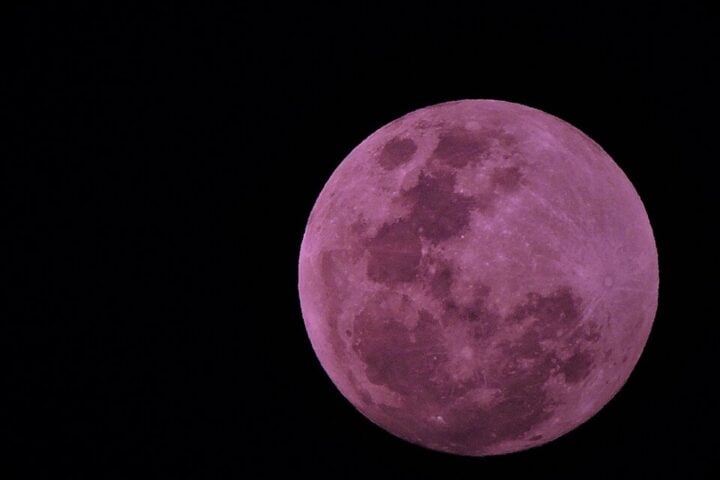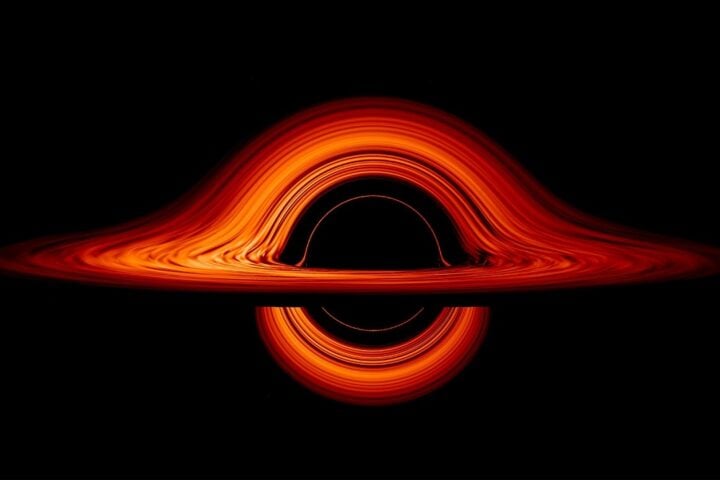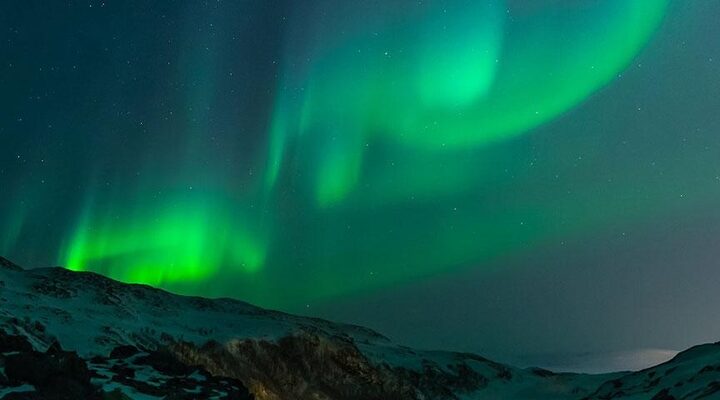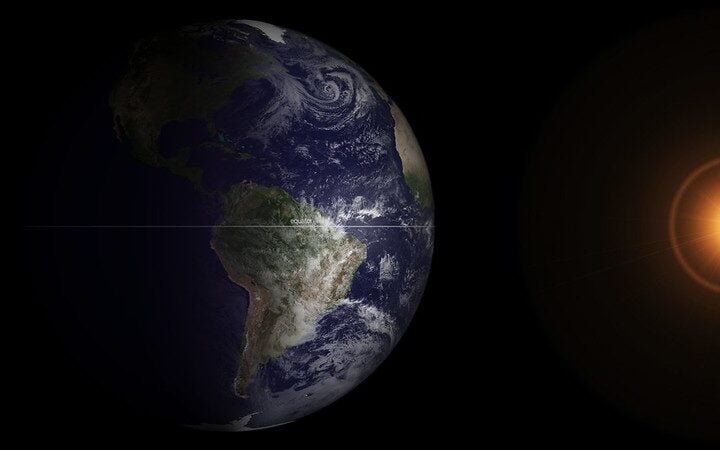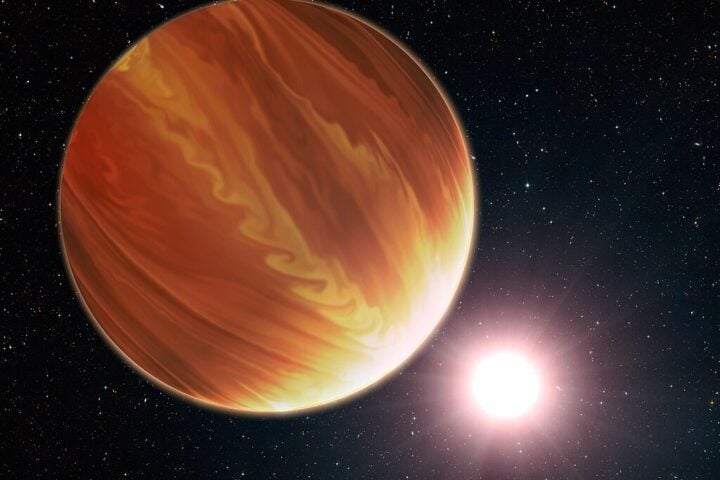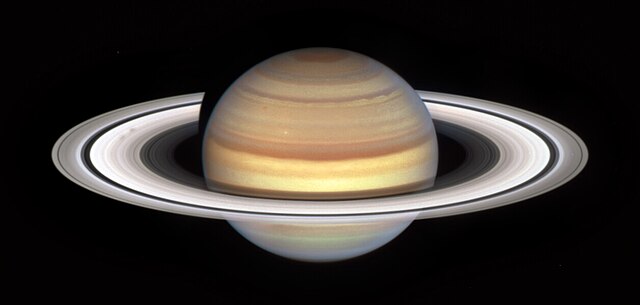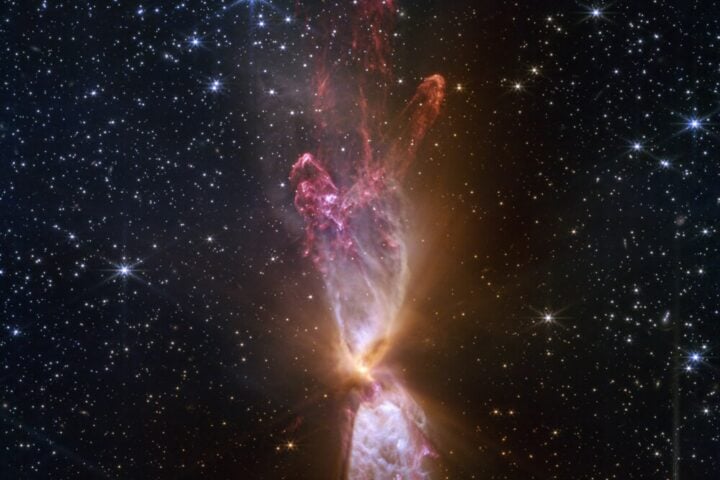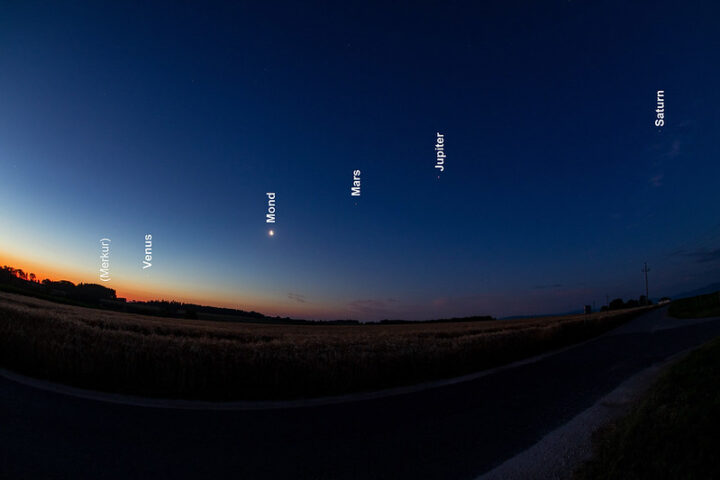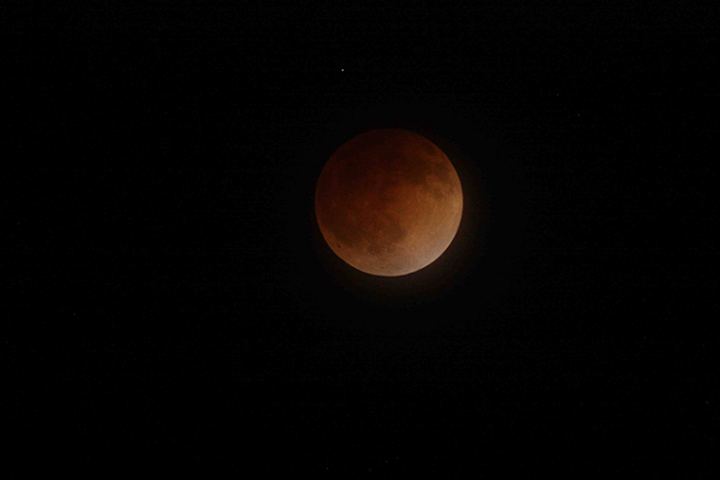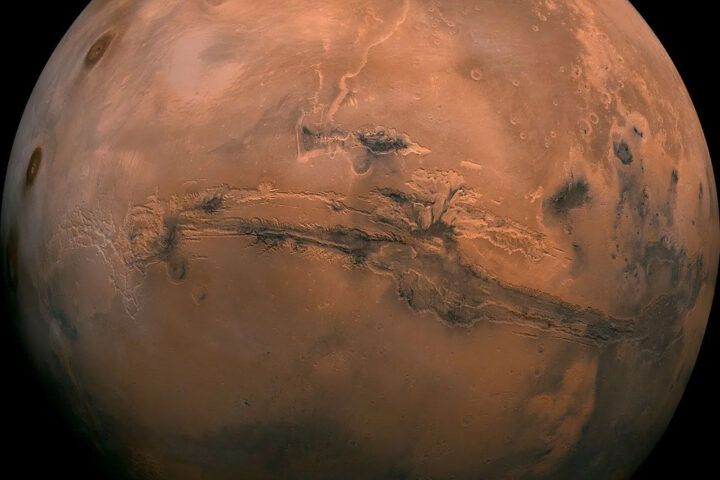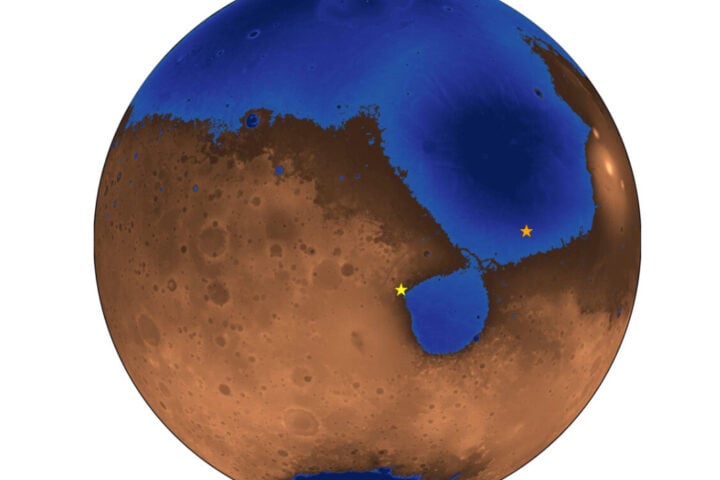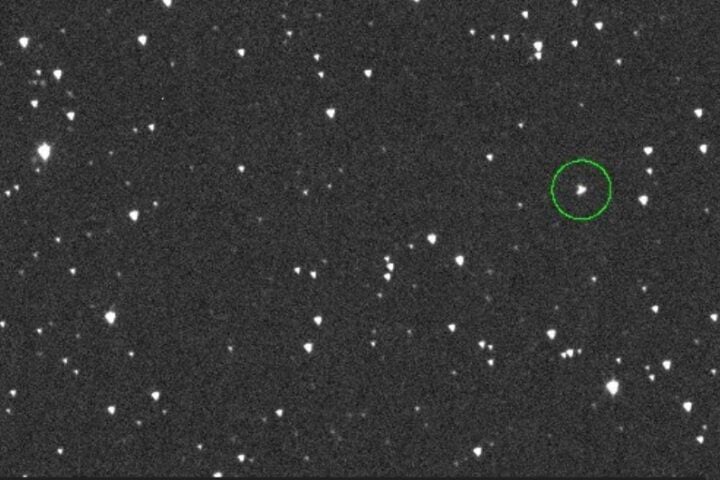The December full moon, known traditionally as the Cold Moon, will emerge on December 15, 2024, at 4:02 a.m. EST. This celestial event coincides with a rare “major lunar standstill,” occurring once every 18.6 years.
“The moon rises and sets at its most northerly and southerly positions on the horizon,” explains the Griffith Observatory’s detailed assessment. This positioning affects tidal patterns and creates unique observation opportunities.
Professor Henry Throop’s 7-year-old daughter Astrid offered a fresh perspective five years ago, dubbing it the “Child Moon.” She observed, “You know what this Moon is called? It’s called a Child Moon because children can see it – they’re not in bed, and they might even be outside like we are right now.”
For Washington D.C. observers, the moon will command 16 hours and 1 minute of sky time on December 14-15. “The cold moon gets its name because December is the month when it really starts to get cold, although our coldest average temperatures are in January,” states NASA’s official release.
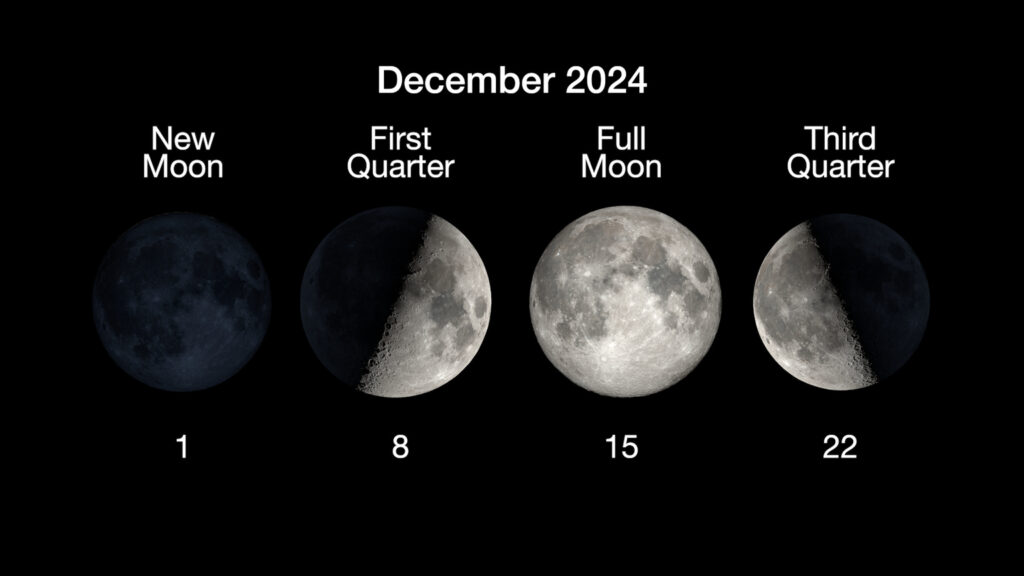
The Maine Farmers’ Almanac began documenting Native American moon names in the 1930s. The Mohawk people named this the Cold Moon, reflecting December’s frigid conditions. European traditions call it the Moon before Yule, while Hindu culture celebrates it as the Datta Jayanti Festival Moon.
Similar Posts
Jupiter and Saturn remain prominent viewing targets. Through telescopes, Jupiter’s moons – Ganymede, Callisto, Europa, and Io – display their orbital dance. Saturn’s rings, though thinning, remain visible until March 2025. “We won’t get the ‘classic’ view of Saturn showing off its rings until 2026,” cautions NASA’s astronomical update.
Three meteor showers accompany this lunar display. The MeteorActive app predicts modest rates: Comae Berenicids with 3 meteors per hour on December 16, Ursids showing 1-2 meteors hourly on December 22, and Quadrantids potentially reaching 14 meteors per hour in suburban areas from December 28 to January 12, 2025.
Chinese lunar exploration marks this period historically. The missions, named for the moon goddess who “lived on the Moon with her pet rabbit, Yutu,” launched during similar timeframes. Chang’e 3 landed on December 14, 2013, while Chang’e 4 touched down on January 3, 2019.
For optimal viewing on December 15, morning twilight starts at 6:16 a.m. EST, with sunrise at 7:20 a.m. Solar noon peaks at 12:04 p.m., reaching 27.8 degrees altitude. Sunset occurs at 4:47 p.m., and evening twilight concludes at 5:51 p.m.The International Meteor Organization notes the unpredictable nature of meteor showers during this period, citing “poorly observed narrow peaks that seem to fluctuate each year.” Past observations recorded major outbursts in 1945 and 1986, suggesting the potential for unexpected displays.
